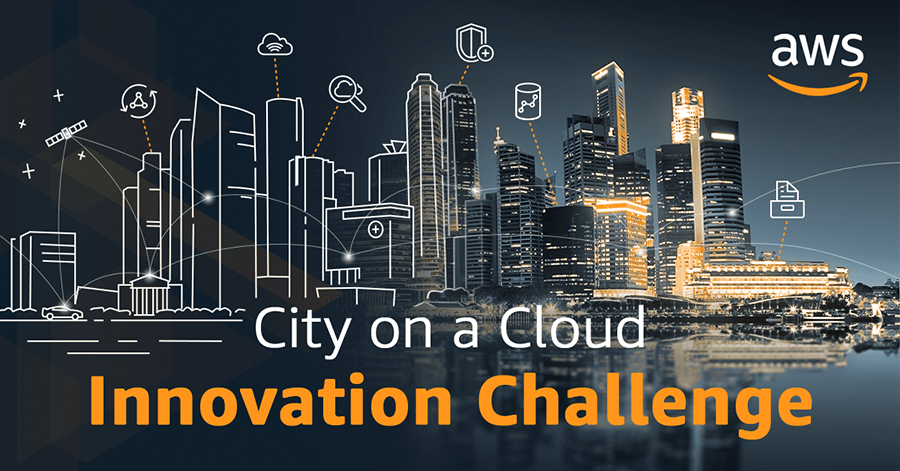Solving widespread, persistent problems in the United States, like homelessness, opioid addiction, and youth underemployment, requires data-driven strategy and innovation. Public officials across the country seek inventive, yet scalable methods to redress these issues. The Solving Persistent Problems Award will be granted to a government leader, an authorized representative of a non-profit organization or school or district who has deployed an innovative solution to a specific problem in their community. Qualified entries will be judged on (a) the understanding and presentation of an ongoing problem in a particular community; (b) the significance of the solution to the community impacted by the particular problem, (c) the scalability of this solution to affect others impacted by the problem; and (d) the use and integration of AWS services in the solution.
Finalists – Solving Persistent Problems Award: Homelessness, Opioids, and Youth Underemployment
Community Solutions
Community Solutions aims to achieve a lasting end to homelessness that leaves no one behind. One of the biggest barriers to ending homelessness is the lack of actionable data in communities. Working with AWS and Tableau, Community Solutions is helping communities use the data they collect to inform their work and track their results. Through its Built for Zero Collaborative, they are establishing proof-points that this is possible by working with 84 vanguard cities and regions in 31 states to reach this goal, beginning with ending chronic and veteran homelessness. They are helping communities create problem-solving teams, collect and use data that enables actionable insights in real time, streamline and target local resources and responses, and drive measurable reductions in homelessness at the population level.




